Air hangars
Part 4
Shelter Hangars
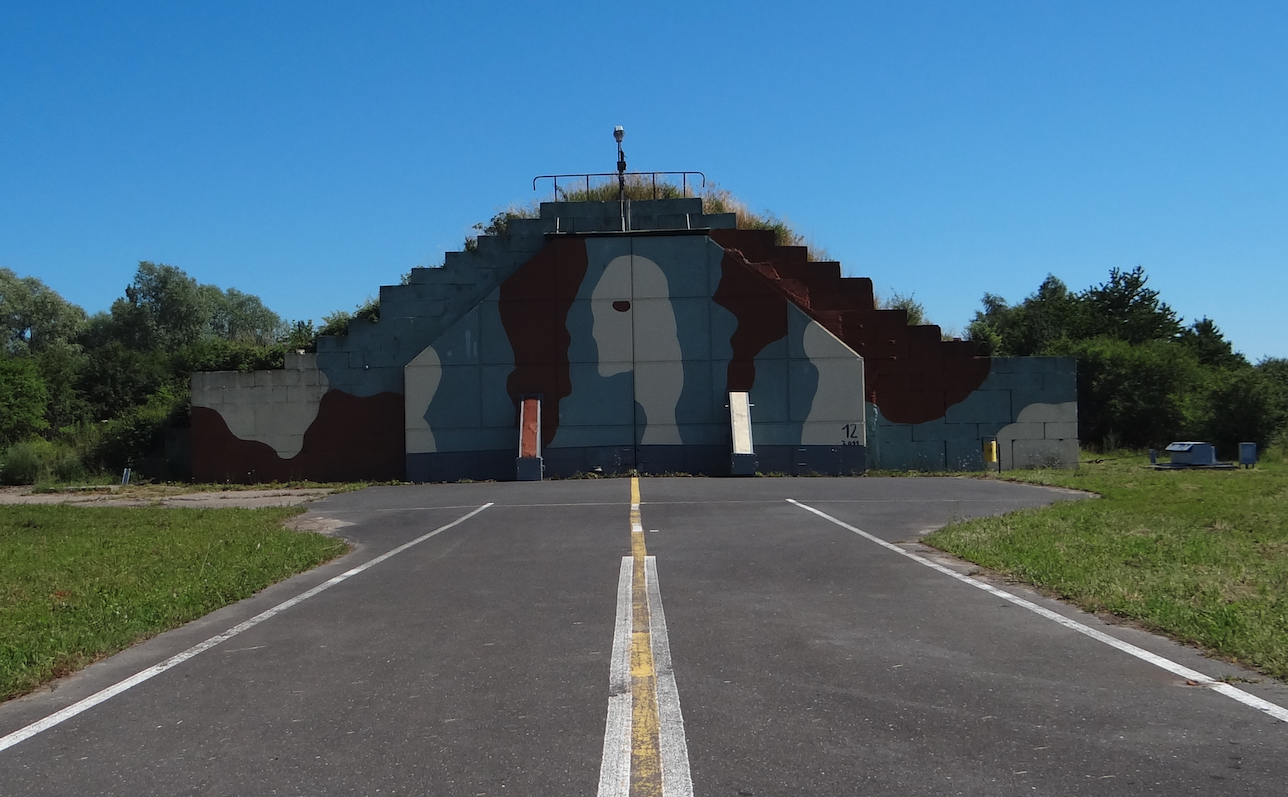
Shelter-hangars are a typical military element of the "Cold War" period. Their development dates back to the Vietnam War. Until the outbreak of this war, combat aircraft were lined up in a straight line. This method facilitated the operation of aircraft. But at the same time planes lined up in a straight line were a good target for airstrikes. Even if the raid was not carried out along the set planes, the damage was still great.
Initially, it was decided to build earth embankments along the aircraft parking spaces. Then the positions were divided by wood and earth partitions. Finally, it was decided to center the planes. But just centering was not enough. It was decided to surround the stands on three sides with earth embankments. Ground embankments were as high as protected planes.
In the end, it was decided to hide the most expensive variant, i.e. cover this type of roofing. Construction engineering came to the rescue. Prefabricated elements made of reinforced concrete were developed, which were joined together by means of metal joints (bolts). As a result, a kind of tunnel was obtained, which was closed from the back by a wall, and from the front by a metal door. The whole was covered with soil and plants were planted.
Over time, with such hiding places were added: warehouses and social rooms for the crew. Tunnels were made in the back of the shelter-hangar that allowed the aircraft engine to start up inside the shelter. The tunnel discharged exhaust gases from the engine (s). After some time, these tunnels were made in such a way as to disperse the temperature of the exhaust gases as much as possible and to protect against the impact of missiles guided by a thermal head. Electrical, fuel, water and sometimes pneumatic (for starting engines) installations were brought to the shelters.
These solutions have already reached Poland in 60 years. Aircraft centering was widely used, stalls were surrounded by earth embankments, and shelter hangars were built at strategic airports. Initially for MiG-21 aircraft. Lim-2, Lim-5 and Lim-6 aircraft also used these hangars. With the MiG-21 aircraft properly positioned to the shelter-hangar, there was also a Lim aircraft.
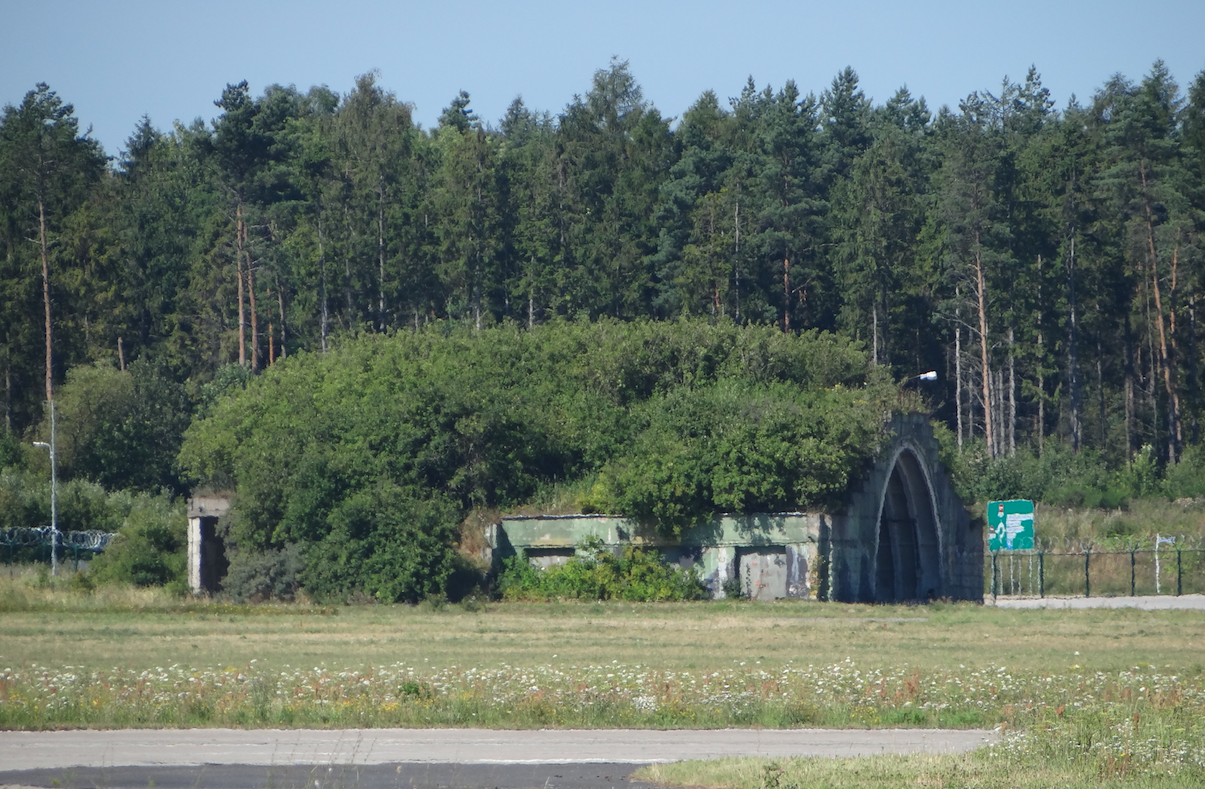
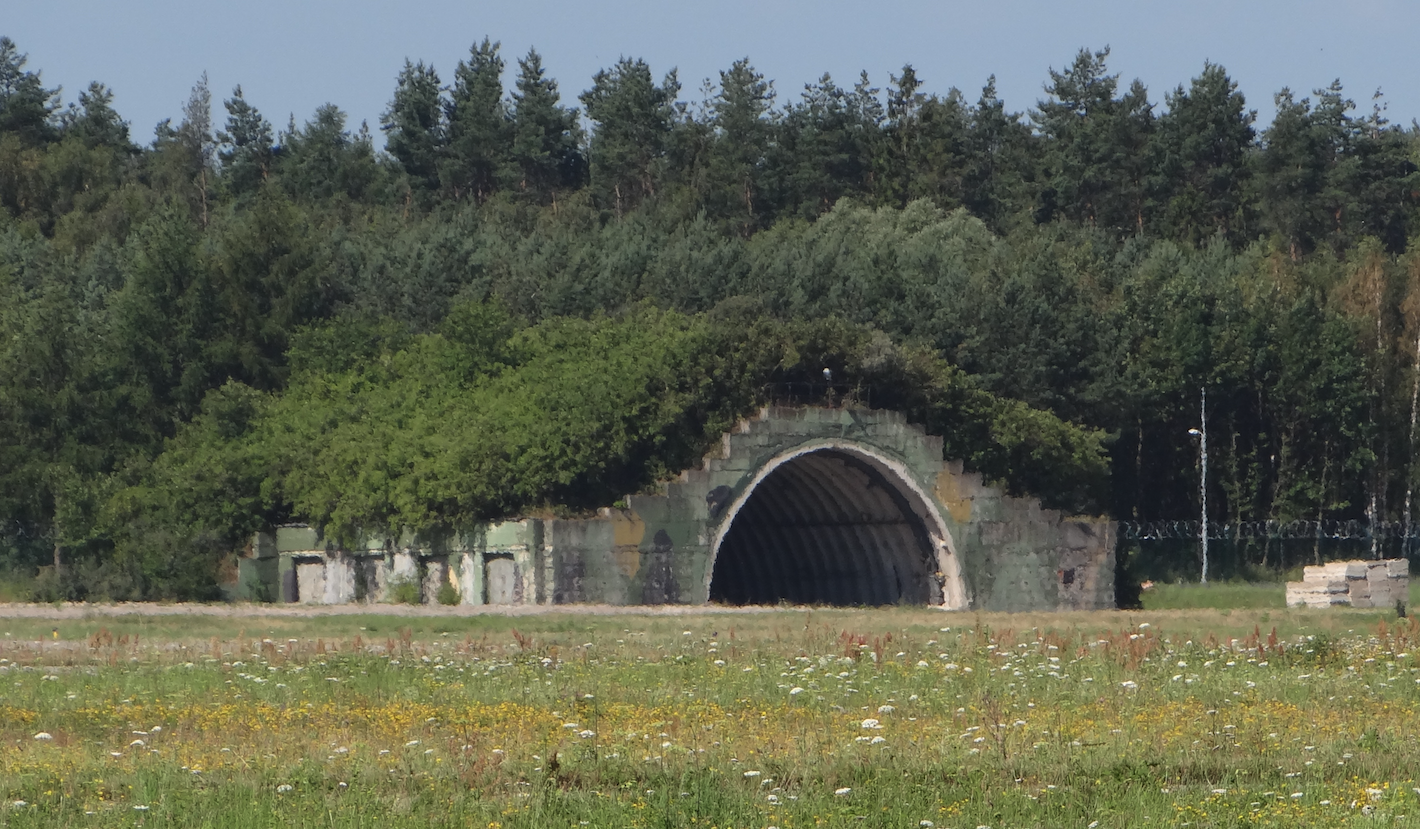
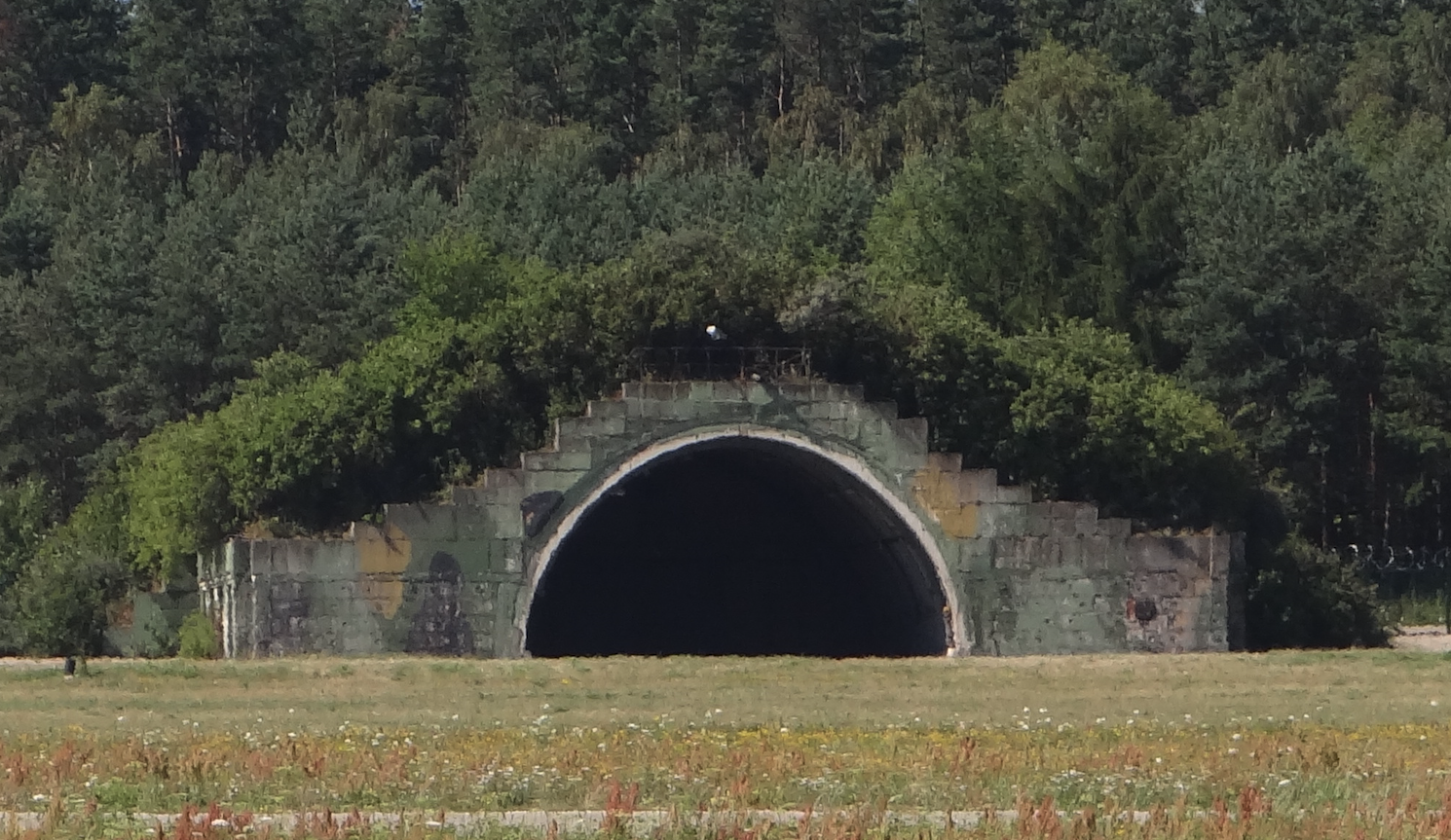

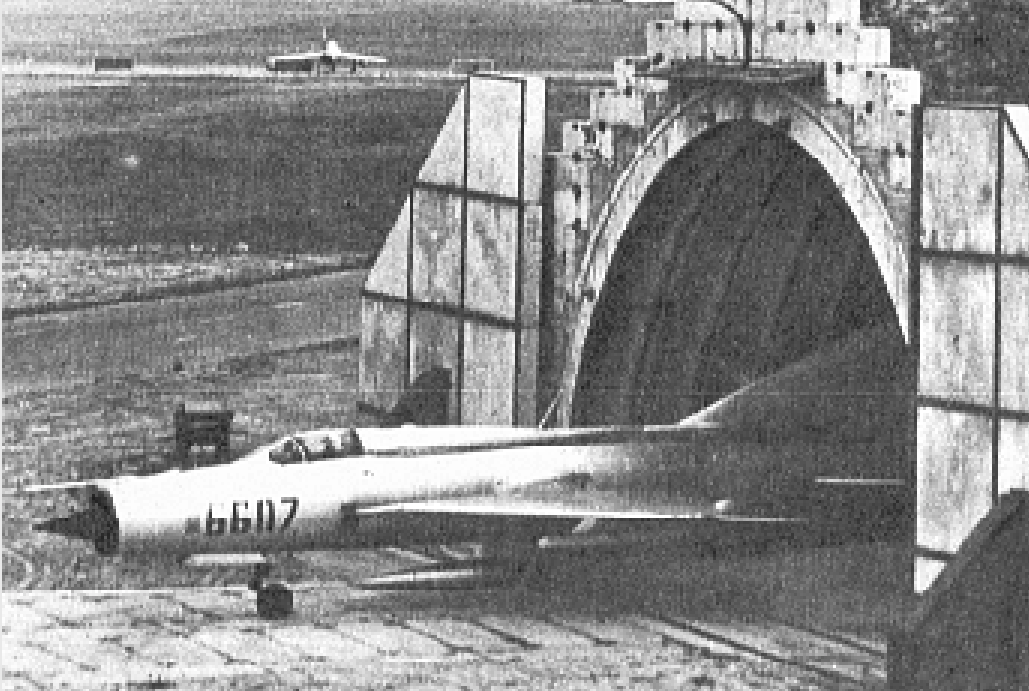
In the 80s, new hangars for Sukhoi Su-22 aircraft were built at the airports of Powidz, Piła, Mirosławice and Świdwin.
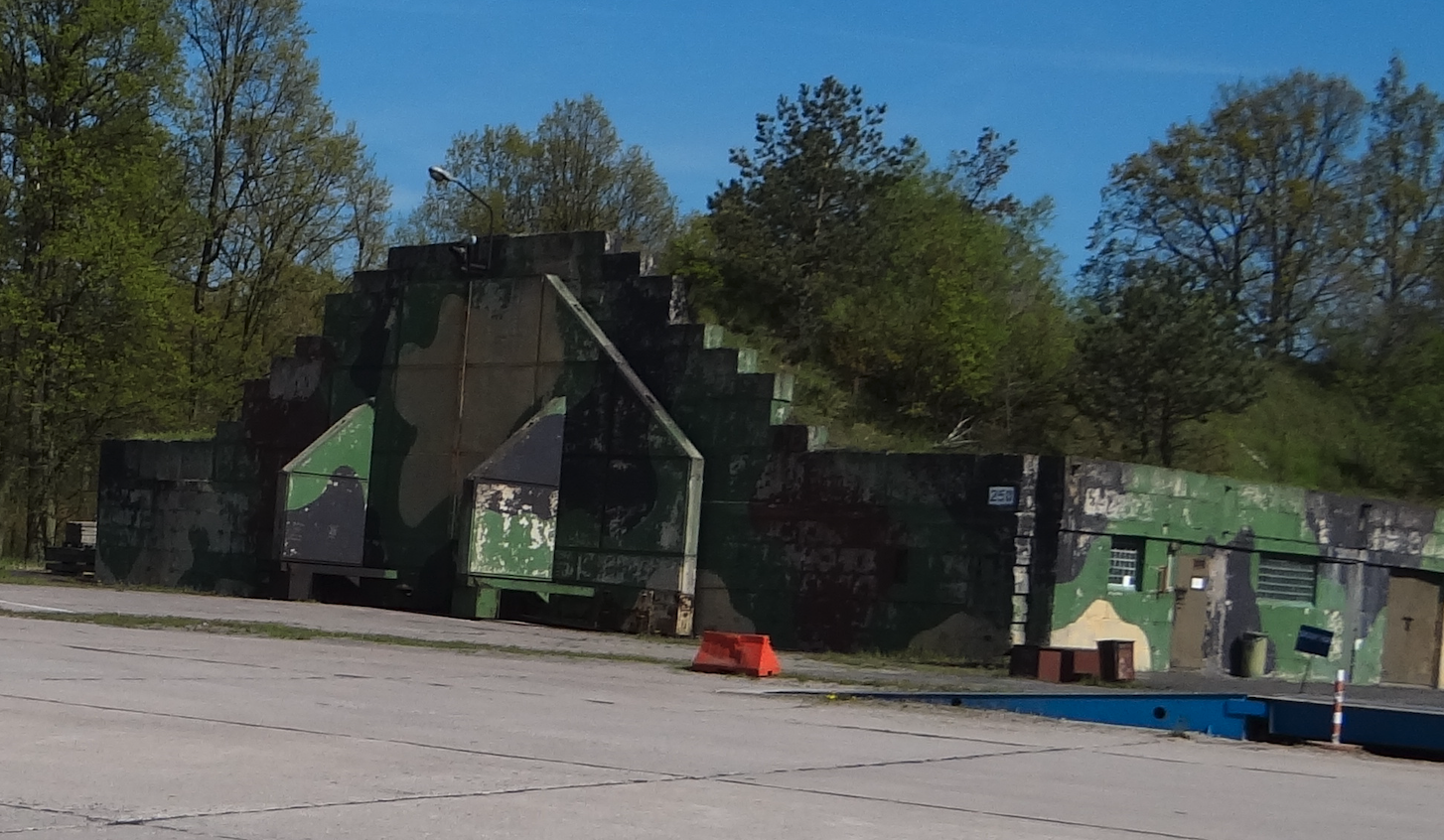
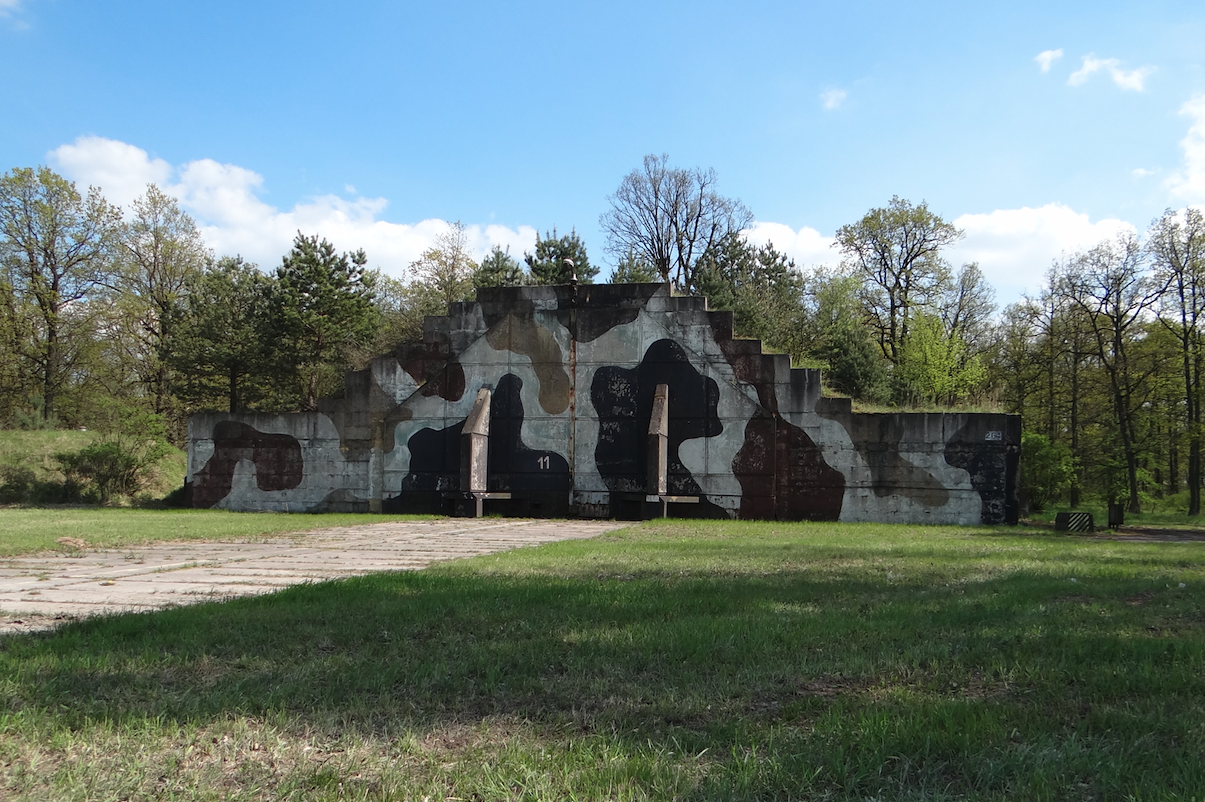
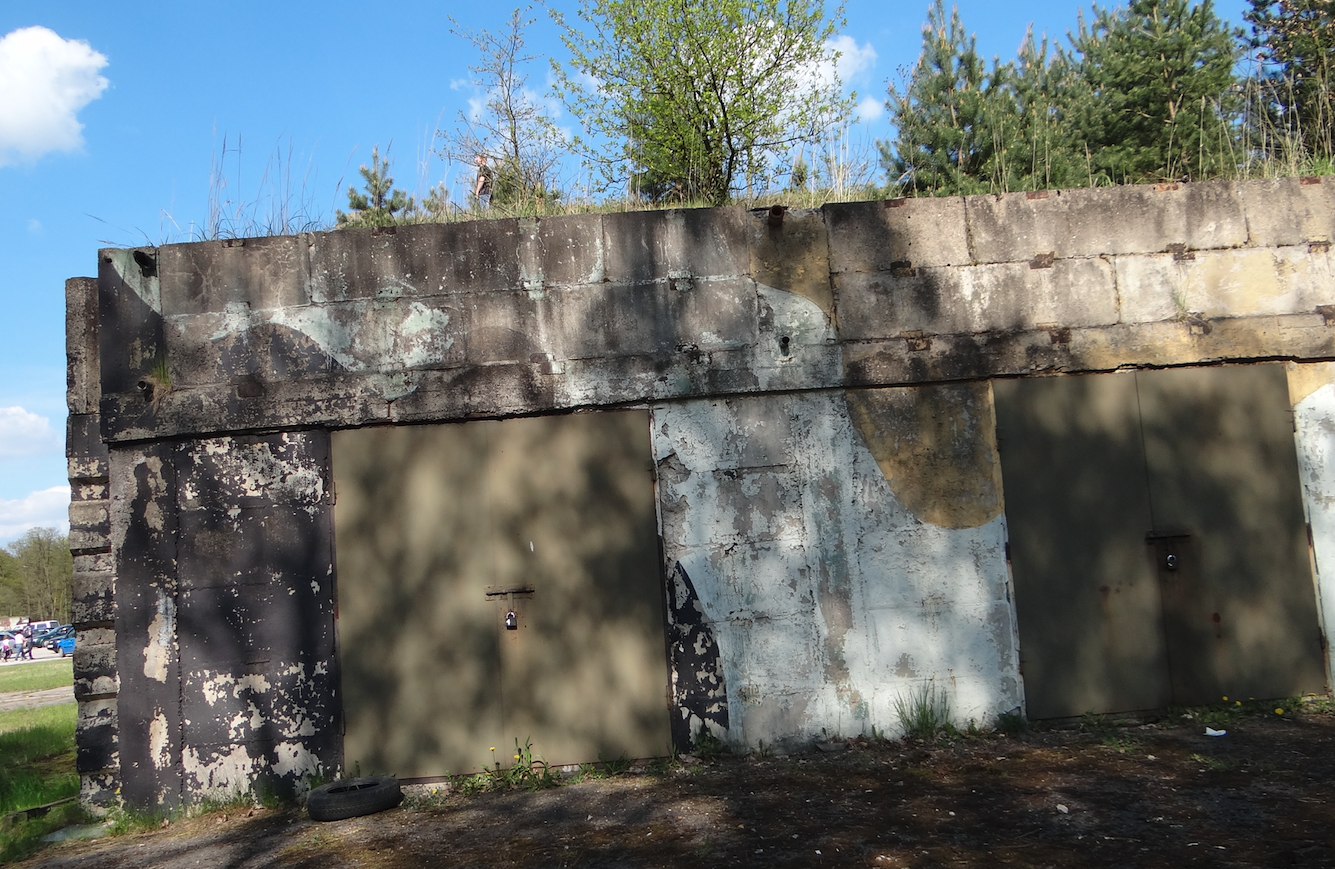
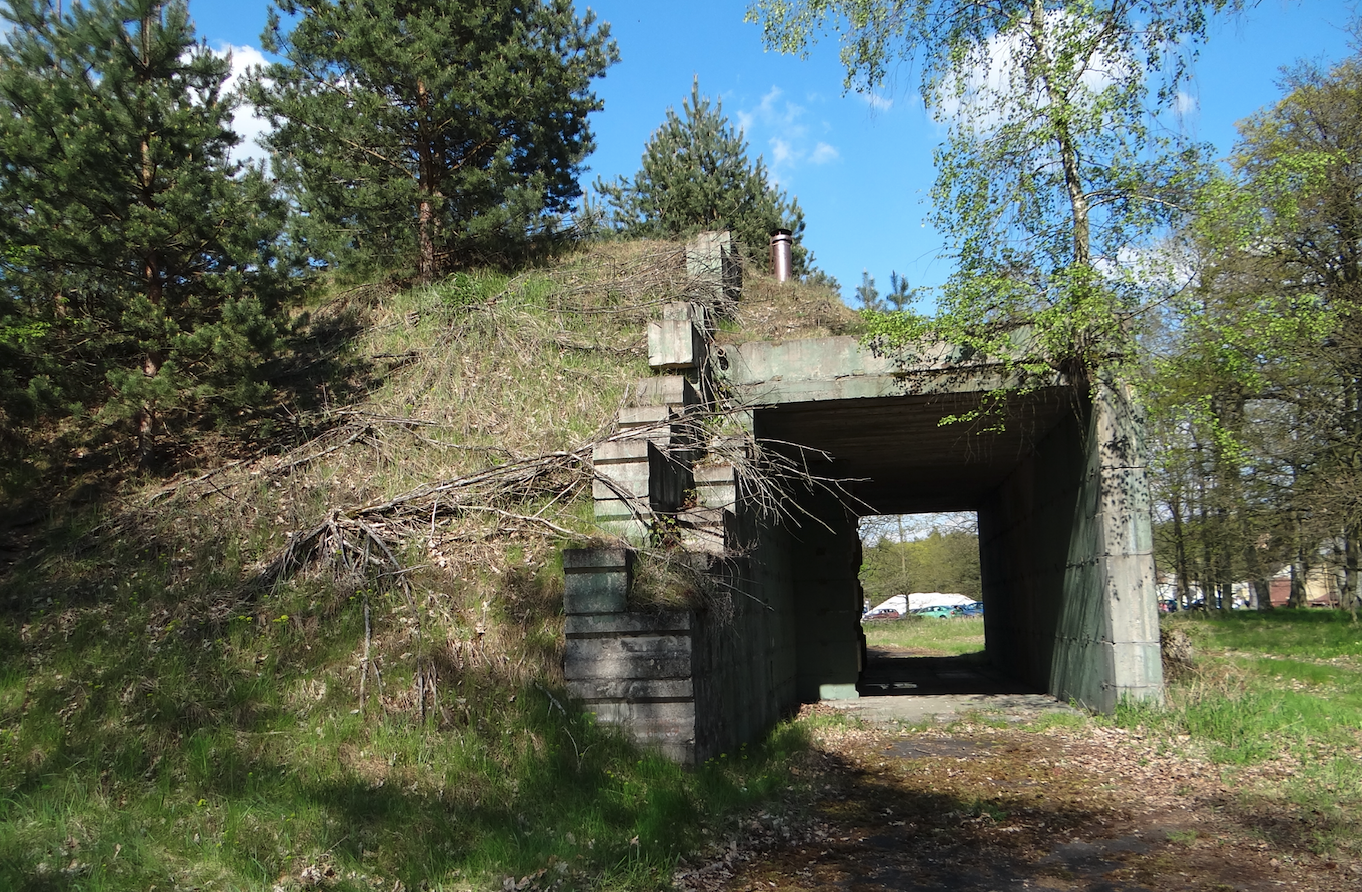
A new type of hangar appeared when Lockheed Martin F-16 Jastrząb was introduced to the armament in 2006. These are shelters made in technology not known in Poland so far. There were 16 such hangars at the Krzesiny and Łask airports. Because another squadron from Powidz was moved to Krzesin, therefore light-type hangars were built for them in Krzesiny.
Written by Karol Placha Hetman
